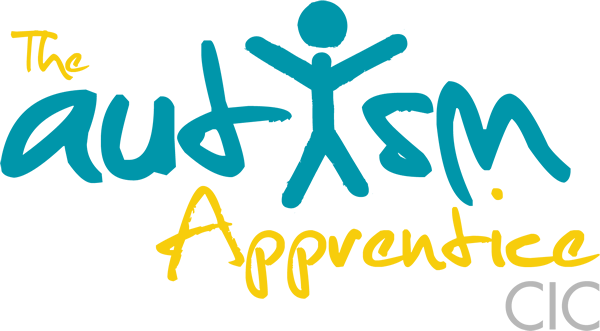Expert Support
How a school or setting can support your child
According to the SEND Code of Practice schools should:
- Make sure that a child with SEND gets the support they need
- Ensure that children and young people with SEND engage in school activities alongside pupils who do not have SEND
- Name a teacher to be responsible for co-ordinating SEN provision (SENCO)
- Tell parents when they are making special educational provision for a child
- Publish a SEND information report and their arrangements for the admission of disabled children.
Schools will help your child by::
- Regularly reviewing your child’s progress
- Identifying needs early
- Adapting teaching to meet individual needs
If your child is not making expected progress, the school should decide if your child needs additional interventions and support. This is called SEN support. The school should talk with you and your child about this.
If you have any concerns about your child, you should contact the class teacher and the SENCO.
What is SEN support?
- SEN support is a 4-stage cycle also called The Graduated Approach:
- Assess, Plan, Do, Review. This support could be in the form of school-based interventions and/or seeking advice from other specialist services such educational psychology, behaviour support or speech and language therapy.
- The purpose of SEN support is to help children and young people to make progress.
- You should be fully involved in discussions about the support your child needs, how it will be delivered and when it will be reviewed.
- Some children and young people need more intensive and specialist help.
- If your child does not make progress despite SEN support, an Education, Health and Care needs assessment (EHC) might be the next step.
The role of the SENCO
- It is the responsibility of the special educational needs coordinator (SENCO) at the school to arrange extra support for those who need it. The SENCO will work with teachers to ensure that their teaching is accessible.
- The SENCO should give you clear information about the extra help your child is getting. They have a duty to keep a record of the support a child receives and their progress.
SEN Support Plan
If your child is receiving SEN support, the SENCO should draw up a SEN support plan involving you and your child. This should focus on the outcomes your child needs and wants to achieve and explain how the school will help them to achieve these.
SEN support plans can also be called different names, such as a My Plan, One Plan, Individual Education Plan (IEP) or Pupil Support Plan. The name used for SEN support plans in your child’s school should be in the SEN Information Report.
The format of SEN support plans can vary between schools, but there is some general information that SEN support plans are expected to have. For example, they should use SMART (specific, measurable, achievable, realistic, time-bound) targets to ensure outcomes are met.
The SENCO may also create a provision map. A provision map outlines the extra help your child gets, measures the impact of this extra help and calculates the cost to the school.
The SENCO should meet with you at least three times a year to review how your child is progressing and what the next steps will be. This should be in addition to scheduled parents’ evening meetings. The school must also provide a report at least once a year on your child’s progress.
The school can ask specialist support services, for example educational psychology, behaviour support or speech and language therapy, to carry out assessments and provide further advice and support if necessary.
Help us to continue supporting our community
Our aim is to carry out activities that benefit the community, especially supporting young autistic people and their families in Kent to improve their life outcomes.
Need Autism Support?
Talk to an Autism Support Expert
Every family is unique. We’re here to help you find the right support for your needs. Get in touch today.


